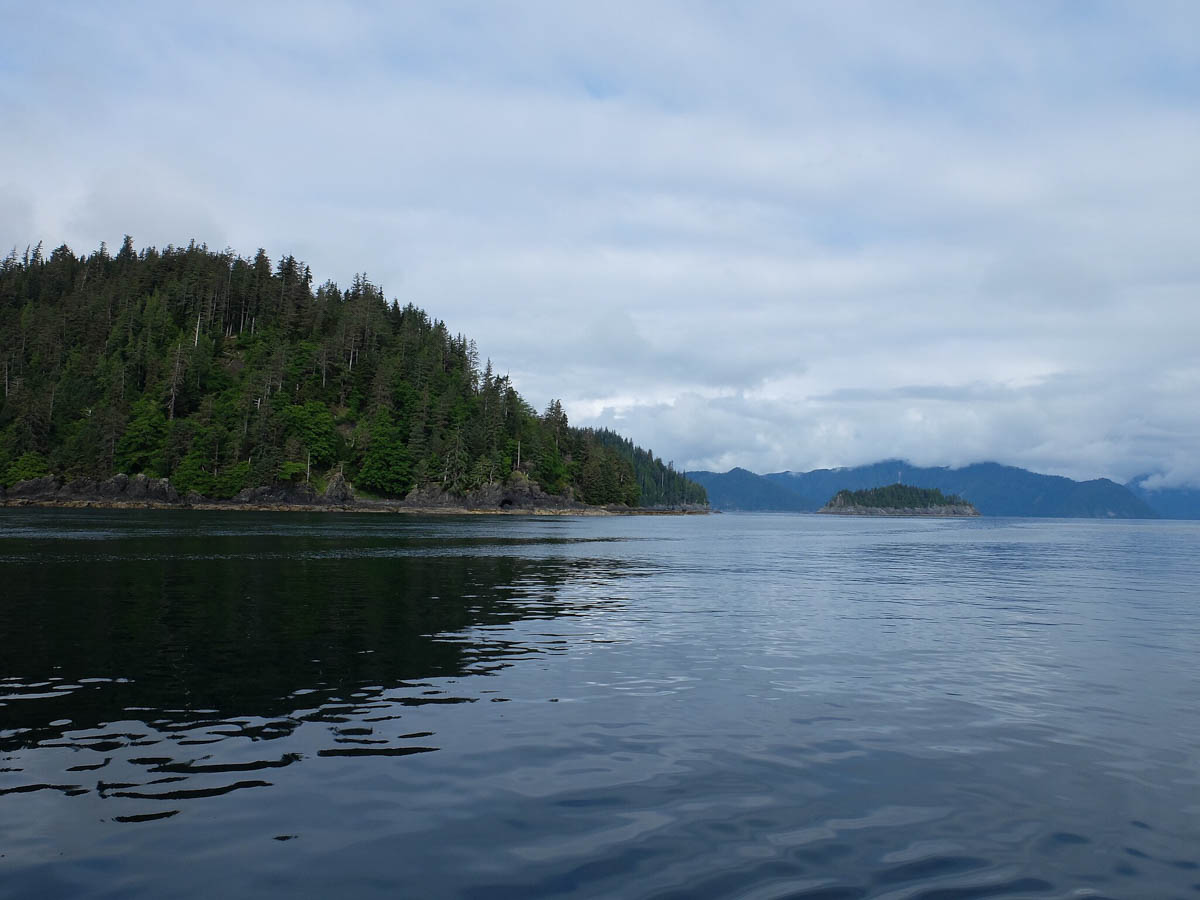The remote archipelago of Haida Gwaii is world renown for its natural beauty and rich historical culture. Earning the nickname “The Galapagos of Canada” these nutrient rich waters have long provided for the Haida People. After being given the opportunity to visit with my work I couldn’t resist the temptation to get in the water. Join me (Garrett Clement) for the latest installment of Uncharted Odyssey.
Haida Gwaii
The Queen Charlotte Islands, or Haida Gwaii (literally, “Islands of the Haida people”) are an archipelago situated 55–125 km (34–78 mi) off the northern Pacific coast of Canada. The narrow Hecate Strait divides the islands from the mainland to the east. To the south is Queen Charlotte Sound, and beyond that is Vancouver Island. The Alexander Archipelago in the US state of Alaska and Haida Gwaii are divided to the north by the contentious Dixon Entrance.
With a total size of 10,180 km2 (3,931 sq mi), Haida Gwaii is made up of two main islands, Graham Island in the north and Moresby Island, also known as Gwaay Haanas, in the south. There are also over 400 smaller islands. Anthony Island, Burnaby Island, Langara Island, Lyell Island, Louise Island, and Alder Island are a few other significant islands.
Belonging to the Canadian province of British Columbia, the islands were referred to as the Queen Charlotte Islands and, informally, as “the Charlottes” from 1787 and 2010. As part of British Columbia’s and the Haida people’s Kunst’aa guu – Kunst’aayah Reconciliation Protocol, the archipelago was formally renamed on June 3, 2010, by the Haida Gwaii Reconciliation Act.
Haida Gwaii lacks public transit. Shuttles can be scheduled, and there are options for taxis and auto rentals.

The Sandspit Airport, Masset Airport, and BC Ferries terminal in Skidegate serve as the main transit hubs connecting the Islands to mainland British Columbia.
Additionally, BC Ferries offers frequent service between Skidegate and Moresby Island’s Alliford Bay. Floatplane services link to locations including Masset Water Aerodrome and Alliford Bay Water Aerodrome.
The economy is diverse, based on both natural resources—mainly logging and commercial fishing—and the arts. A third of the jobs are also in the service sector and the government, and tourism has grown in importance recently, particularly in the areas of fishing, tour guiding, cycling, camping, and adventure travel.
There were about 30,000 people living there when Europeans first arrived in 1774. They were divided among various settlements and included slave populations that were recruited from both foreign countries and other Haida clans. Smallpox alone is thought to have killed 90% of the population during the 1800s; typhoid, measles, and syphilis also spread and affected a great number of people. Almost 70% of the Haida people perished in the smallpox pandemic that struck the Pacific Northwest in 1862.
By 1900, only 350 individuals remained. People departed their houses for the towns of Skidegate and Masset, for mainland cannery communities, or for Vancouver Island, leaving settlements abandoned in their wake. Approximately 4,500 individuals call the islands home now. Two settlements, Skidegate and Old Massett, each with a population of roughly 700, are home to about 70% of the indigenous Haida people. 45% of the people that live on the islands are Haida.






